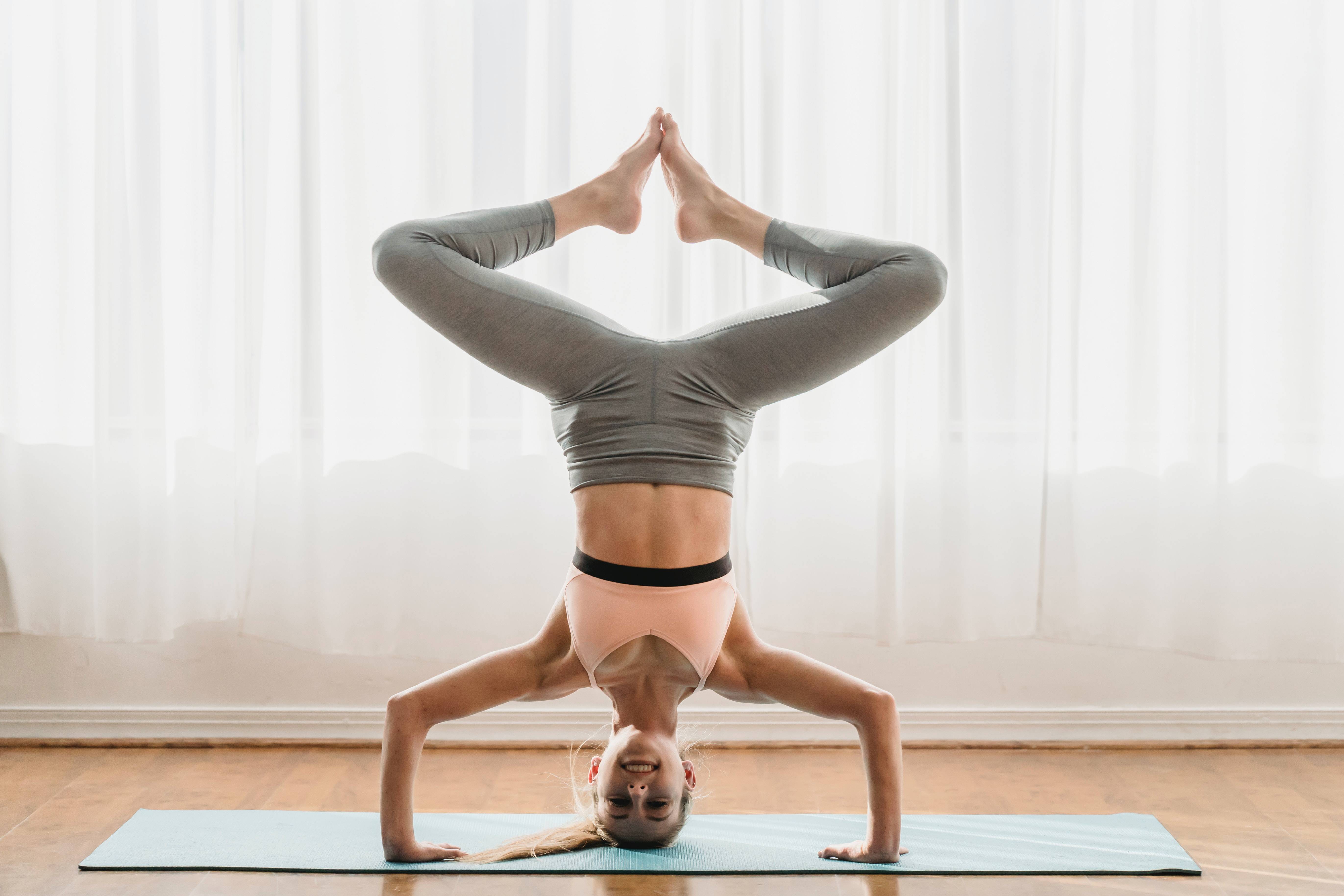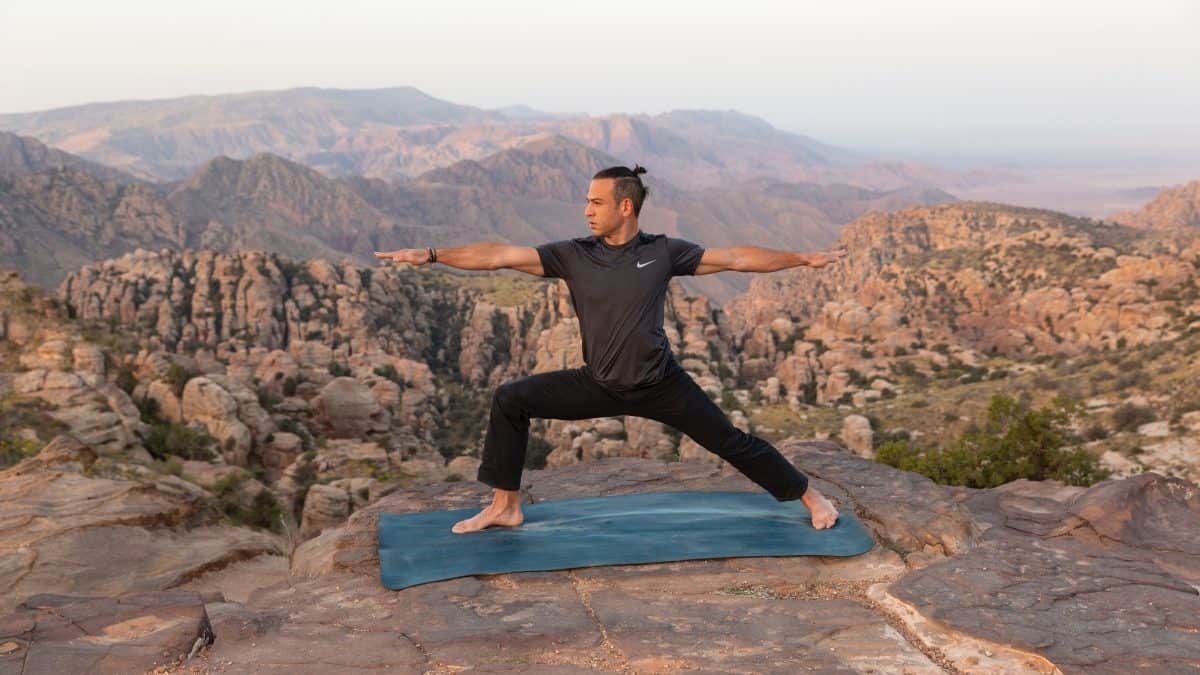
Drunk Yoga has been a huge success, with viral videos and even books being published on the subject. It is not surprising that so many people are eager to try it. What is wine yoga and how does it work, you ask? We'll be discussing the risks and benefits of wine-fueled exercise and the pros and cons to participating. We will also discuss ways to make wine based yoga more enjoyable for yourself as well as others.
Wine is a low-alcohol beverage, with an alcohol content of 12-14%, making it a safer and more approachable alternative to hard liquor. It also makes it easier for the body adjust to the alcohol slowly. When you practice yoga, your focus will be on your breath, and movements. This will help to release tension and stress. And because yoga also reduces cortisol, a key stress hormone, you'll find that wine and yoga are an excellent combination.

Wine is not the best wine choice for most people, even though yoga may have some health benefits. It is not for the faint of mind. It's best to enjoy wine while you relax. However, wine can be very toxic so it is not recommended for everyone. If you drink only one glass, you will be hungover for hours. In addition, it doesn't taste good, so a little bit of wine can go a long way.
Wine yoga offers a host of other benefits besides being fun. These include stress reduction and overall wellness. The wine's meditative qualities also make it a great choice for anyone looking to enhance their yoga practice. It's also great for meeting new people. Wine is an affordable, enjoyable and cost-effective way to relax. This activity is available in many forms. The best thing about this activity is that it can be done as often or as little as you'd like.
The first benefit is relaxation. It can help with anxiety and stress reduction. The combination of wine and yoga will put you in a relaxed state, and your mind will be more receptive to the benefits of both. You will be able to relax and become a better wine-sipper by taking a wine and yoga class. You'll enjoy the class more than your friends. It will be something you love.

There are many benefits to wine yoga. However, there are also disadvantages. Wine can make you more stressed. There is a side benefit to wine. It can help you relax, and it can even increase your chances of winning the lottery. You may also be more likely to get a job. You can also learn how to make people laugh. Yoga can be done with wine. It makes it easier to connect with people.
FAQ
What is the purpose of milk for men?
Think about other uses for milk next time you purchase it. It might also help if you start drinking less coffee.
Children and adults both have found milk to be beneficial. Milk contains nutrients like vitamin D. Calcium, potassium, phosphorous, magnesium, and other essential nutrients.
It promotes weight gain, digestion, bone strength, and aids digestion. People who consume dairy products have lower rates of illness and better immune systems.
The lactose in milk is also high, so people with digestive problems can enjoy the benefits of milk without experiencing stomach discomfort.
Instead of drinking soda or juice, drink more milk. The extra calcium and vitamin D found in milk can help strengthen your teeth and bones.
You can make yogurt with plain low-fat milk if you don't love the taste of milk. Yogurt is a great alternative to milk since it is lower in calories and higher in protein.
Yogurt also contains probiotics which improve digestion and immunity.
Try warm milk to help you fall asleep. Warm milk relaxes muscles, increases serotonin levels and helps you get a good night of sleep.
Can I consume alcohol while working out?
Yes. Alcohol can increase energy expenditure, speed up healing time, and reduce soreness.
The insulin sensitivity of alcohol is also increased, which makes it easier for glucose to be absorbed.
Alcohol can also cause dehydration which can lead to a slower metabolism. Also, alcohol can reduce testosterone production, which may lead to lower muscle-building potential.
This is why women shouldn't have alcoholic drinks before exercising. Women who drink heavily should wait at least 24 hours between drinking and working out.
It is important that women who are nursing avoid alcohol.
Men should have no more than one drink per day.
Is Cardio Better Than Strength Training?
Both are equally excellent. If you want to increase muscle mass faster, cardio is the better option.
Cardio burns more calories per hour than strength training, and also burns more fat.
Strength training is a great way to build muscle mass. However, it takes more effort than cardio.
Do I need to exercise every day?
No! You should do at least 30 mins of moderate-intensity activity 5 days per week. That could mean walking fast enough for you to get slightly out of breath and biking hard enough for you to sweat.
Statistics
- The PRS enabled risk stratification for overall prostate cancer and lethal disease with a four-fold difference between men in the highest and lowest quartiles (HR, 4.32; 95% confidence interval [CI], 3.16-5.89). (pubmed.ncbi.nlm.nih.gov)
- Cardmembers earn 5% Back at Amazon.com with a Prime Credit Card. (amazon.com)
- An estimated calorie range for moderately active adult males falls between 2,200 to 2,800 calories per day, depending on age. (eatright.org)
- According to the American Academy of Dermatology (AAD), men over 50 are at a heightened risk of developing it. (healthline.com)
- According to the American Heart Association, blood pressure should be checked at least once every two years, beginning at age 20. (my.clevelandclinic.org)
External Links
How To
How can I burn fat and exercise?
Exercise can help you burn calories and increase your metabolism.
Exercise at a moderate intensity to safely lose weight.
These are some tips to help you lose fat while working out:
-
Do cardio exercises such as walking, swimming, jogging, cycling, running, or elliptical training.
-
For 30 minutes, do it three times a week.
-
If you want to lose more weight, add strength training to your routine.
-
Avoid intense workouts. You can build muscle without breaking down muscle tissue.
-
Drink plenty of water during exercise. Water helps flush out toxins and keep your body properly hydrated.
-
After exercising, consume low-fat protein smoothies. Protein shakes boost energy and repair muscle tissue.
-
Take smaller meals throughout each day to avoid feeling hungry.
-
Don't skip breakfast! Skipping breakfast can cause you to feel tired and sluggish.
-
Take care of your mind. Stressful situations can slow your metabolism.
-
Keep a positive attitude. Studies have shown that people who are convinced they are overweight gain more weight than those who feel they look attractive.
-
Get enough sleep. Lack of sleep makes it harder to burn fat.
-
Be active. Make sure you get up and move every hour.
-
Maintain a healthy diet. Eat right to feel satisfied and full for longer.
-
Relaxation is possible by finding ways to relax. Relaxing doesn't mean your body releases stress hormones which cause muscle tissue to be destroyed.
A balanced diet will provide all nutrients that are necessary for growth.
You should eat six small meals per day rather than three large ones. This gives your body time and energy to process the food.
To maintain strong bones, you need to consume 500 mg of calcium each day. Calcium can also be found in milk products, yogurt, fortified Soy beverages, orange Juice, cereals and bread.
Calcium is found in leafy vegetables, beans and tofu, as well nuts, seeds and cheese.
Vitamin D is required for calcium absorption. Vitamin D is found in eggs yolk, fatty fish and fortified foods.
Vitamin E is vital for your skin's health. Vitamin E can also be found in vegetable oil, wheat germ oils, peanuts as well almonds, sunflower seeds and corn.
Your body needs zinc for normal immunity function and wound healing. Zinc is found in oysters, legumes, meats, whole grains, and seafood.
Zinc deficiency could cause fatigue, nausea, vomiting, and depression.
Insulin resistance is caused by eating too much sugar, which can increase blood glucose levels. Insulin resistance leads directly to weight gain.
Insulin resistance occurs when the bloodstream is full of free radicals. Free radicals can be molecules with unpaired electrons that cause damage to cell membranes.
Free radicals come mainly from food additives, pesticides, herbicides, preservatives, smoking, air pollution, radiation, chemicals in cosmetics, lotions, and household cleaning supplies.
Free radicals can lead to cancer and heart disease, diabetes mellitus, arthritis, asthma, and premature aging.
Antioxidants are essential for preventing free radical damage. Antioxidants protect against oxidative damage.
Vitamin C, beta carotene (found within citrus fruits, carrots, sweet potatoes and spinach), Vitamin E (found inside nuts, olive oils, avocados and eggs), and Vitamin C (found among mangoes.
Other antioxidant nutrients include selenium, copper, manganese, and zinc.
Selenium helps to protect cells against free radicals and oxidative stress. Selenium can be found in Brazil nuts and liver, kidneys, liver, kidneys, shrimp, cod, turkey and lamb as well as chicken.
Copper protects the brain, eyes, lungs, and red blood cells. Copper is found in shellfish, poultry, meat, and organ meats.
Manganese forms an essential part of bone structure. Manganese may be found in brown rice or spinach, bananas and prunes as well raisins, oatmeal and lentils.
Zinc helps with normal growth, reproduction, as well as wound healing. Zn is present in lean cuts of meat and white fish, as well as eggs.